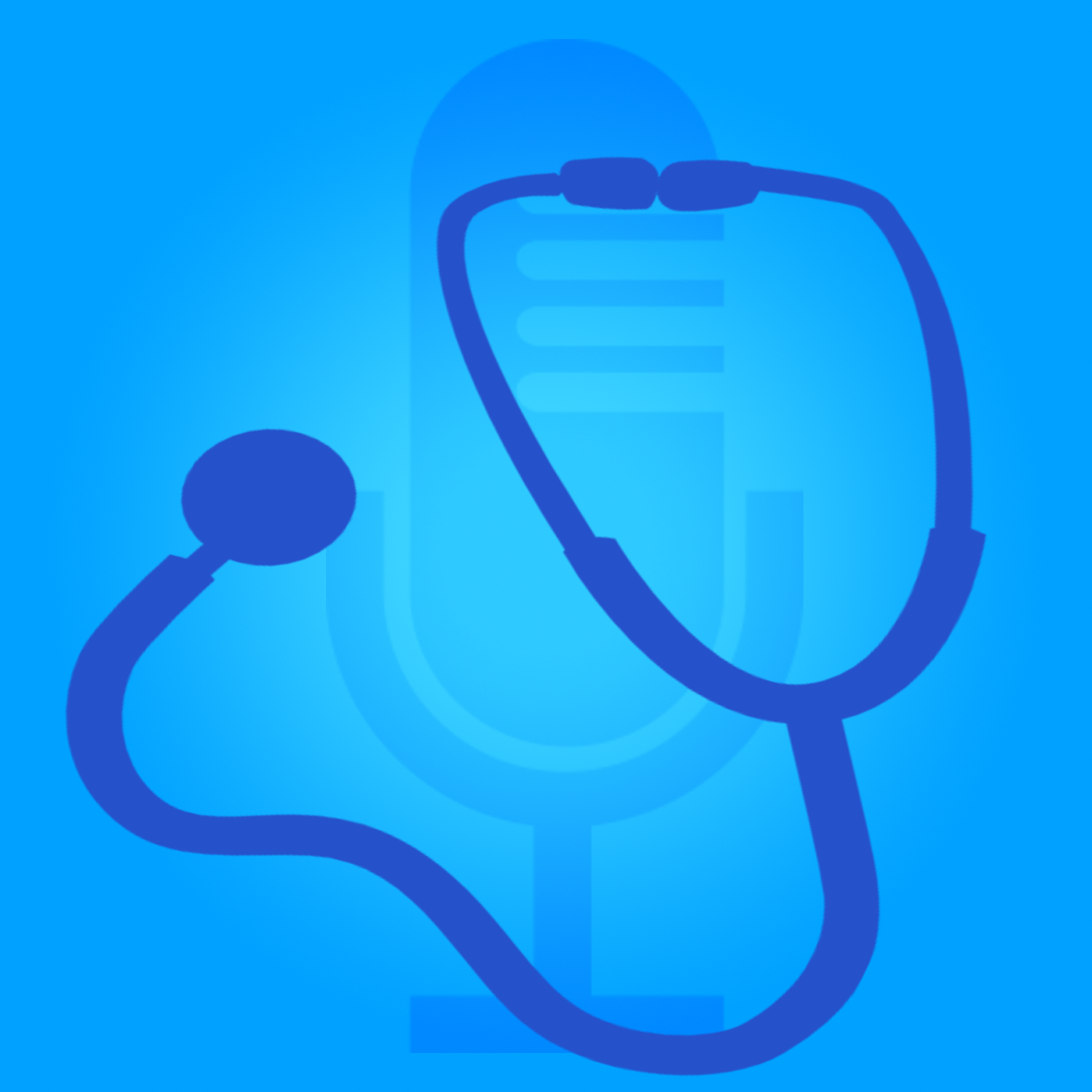Episode 16: Depression & Prevention of Suicide
Emily Gard, LICSW, joins us to talk about depression and suicide. Emily is a Licensed Individual Clinical Social Worker and nationally certified mental health first aid trainer with over ten years of experience in the field of social work. Emily earned her undergraduate degree from Concordia College and a master’s degree in Social Work from the University of North Dakota. She initially worked as a chemical dependency social worker before pursuing graduate education. Currently Emily is employed by Sanford Health as an Integrated Health Therapist. She was named Sanford Health Employee of the Year in 2017. When Emily is not working, she enjoys spending time at the lake with her husband and five children.
Depression - feeling down, depressed, hopeless, helpless. May come out of nowhere or be triggered by stressors. Symptoms include tearfulness, loss of interest, appetite and sleep changes, irritability, stomach aches, headaches. Symptoms can be physical - fatigue, diarrhea, upset stomach. Isolation, irritability, frustration, and slowed thinking can be seen in the older population. Sadness and bereavement generally do not last for more than a few months. Depression tends to be persistent and pervasive.
Suicide is a side effect of depression. Warning signs include thoughts of being better off dead or not wanting to wake up. Talking to people who are depressed about suicide does not make them more likely to commit suicide. Many people experience ambivalence about suicide and want to be asked about how they are doing.
Warning signs of suicide:
- talking about death
- statements like “people would be better off without me”
- feeling like they’re a burden
- feeling isolated
- feeling disconnected
- preparatory behaviors - giving away things, purchasing firearms, making sure will and/or insurance are in order
The next step for friends/family/clinicians:
- Ask how the affected person is doing
- Make observations to the person
- Using the word “suicide” is ok
People with depression need support just like people struggling with physical illness.
Local support groups
National Suicide Prevention Lifeline
American Foundation for Suicide Prevention
Columbia suicide severity rating scale - helps assess risk
Protective factors
- Valued relationships (pets, children, parents, close friends)
- Futuristic thinking
- Employment
As a friend, you can highlight protective factors and help them focus on these things. Do this without creating guilt by asking “what’s one thing that you’re living for?”
Terminology - language is changing. In the past we would say “committed suicide” but just as people die of cancer, they die of/by suicide. This is more accurate and helps decrease stigma.
The Columbia scale helps identify level of concern when someone is alluding to suicide. Preparatory behavior, plan for suicide, and suicidal intent predict suicide attempts.
People can recover! Every emotion is temporary. Recovery is possible. If someone has had suicidal thoughts in their life, they don’t typically experience them again. People generally get better and are able to experience joy and quality of life again. People should know that they aren’t alone. Depression and anxiety are common and treatable.
Treatment of depression:
Non-medical includes therapy, behavioral activation: exercise, healthy eating, connecting with others.
Medications include SSRI’s, SNRI’s, other antidepressants, sometimes antipsychotics
- These increase hormones in our brain that create positive feelings and emotion.
- Sometimes they have to be tried to find the right one. It can take a 4-6 weeks for these to reach their full effect.
- Medications don’t necessarily have to be life-long.
- Side effects: feeling emotionally “flat,” fatigue, nausea, weight changes, appetite changes, sexual side effects.
- Avoid heavy alcohol consumption while taking antidepressants.
Inpatient stays and partial hospitalization (PHP) can help individuals with suicidal intent. They help stabilize and facilitate mediation adjustments in addition to learning coping skills.
Exercise can be equivalent to taking a medication to help elevate mood. This shouldn’t be done in isolation but can be a helpful part of a treatment program. Being outside, being mindful of different sensations can elevate mood as well.
Cognitive behavioral therapy is a frontline approach for depression. Thoughts and behaviors are interconnected. Mindfulness, or the intention to pay attention, can be helpful in managing depression. Deep breathing can help regulate emotions.
Headspace, Calm, and Breathe are good apps. Or search “Guided meditation” on Youtube.
Health pearl of the week: Unplug! Technology can be enriching and helpful, but can also intrude into our lives. Think about having an hour of “unplugged” time per day (or even a day per week!).
